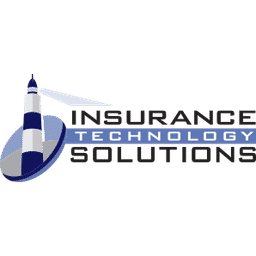
Progressive solutions for a traditional industry
Working closely with the client’s head of business development at Norwegian Hull Club, I was cohosting workshops that mapped out the users’ needs and rapidly prototyping and wireframing ideas with them.
Following the workshops, I meticulously created high-fidelity and interactive wireframes based on the findings. This involved travelling to Oslo, London and Gothenburg, where I interviewed and performed user tests on end-users to ensure the proposed designs would meet their target of increasing communication efficiency between departments.

Automating document management
The problem we discovered was that team members routinely delayed archiving crucial documentation because the existing process was highly manual and laborious. Retrieving archived documents was equally cumbersome and time-consuming, as each team had their own naming conventions and the search engine was built on 90’s technology.
The solution was to design two primary components. The first was a Microsoft Outlook plugin enabling users to archive documents efficiently straight from their inbox using one click of a button. The second was a web portal where users can instantly retrieve these documents using only a few keywords. The machine learning (ML) algorithm would identify the context of the documentation by extracting the title and text included in the corresponding email chain and apply standardized tags (“keywords”) based on that data.

Removing ambiguity by empowering the user
Specific exceptions apply to marine insurance when crossing into certain territories. As a result, ship owners must purchase a particular type of insurance for these cases. The problem was that this process typically involved numerous phone calls, emails, and even faxes being exchanged back and forth to calculate and negotiate the potential costs; a time-consuming process for all parties involved.
The solution to this issue was a web portal that enables ship owners and their representatives to easily purchase war insurance for their vessels through a streamlined, step-by-step process that allowed them to create multiple drafts before committing. The user-friendly interface automatically calculates the price of insurance for the ship owner based on their specific input. Additionally, they can review negotiated and up-to-date rates, terms and conditions.

Standarizing the input to streamline the output
The problem was that third-party surveyors often added excessive information that not only slowed the documentation process but was more than the claims handler needed or had time to read and analyze.
The solution to this issue was to standardize the input process, allowing the information to be automatically formatted and injected into the correct layout, thereby streamlining and expediting both the surveyor’s and the claims handler's workflow.
After several workshops, interviews, prototypes, and user tests, I presented one of the interactive InVision prototypes to great enthusiasm at an international surveyors’ convention.

Problem: When scaled down to be applied in mobile apps, the old logo was not legible.
Solution: I designed the logo to be applied horizontally and vertically, big and small, stand-alone, silhouette, outline, and full colour.
A new logo for a new era
It was a privilege to create a new logo for the client and their ETUITY products (then called INSIFY). We aimed to design a logo that scales, adapts, and leaves a lasting impression with its easily recognizable silhouette.
I worked closely with the head of marketing to ensure the new logo aligned with the branding of its parent company, Norwegian Hull Club.
The logo eludes to the company’s abbreviation: ITS. The shape on the bottom left represents a lighthouse, and the shape on the bottom right represents the sky, the coastal landscape, and the sea.
The decision to remove the lighthouse was a deliberate one, reflecting Instech’s CEO's vision for the company's products to be applicable beyond the marine insurance industry.


